
https://coperetgroup.ethz.ch/
Find out more in @pubs.acs.org
pubs.acs.org/doi/full/10....

Find out more in @pubs.acs.org
pubs.acs.org/doi/full/10....

pubs.acs.org/doi/10.1021/... @jacs.acspublications.org

pubs.acs.org/doi/10.1021/... @jacs.acspublications.org
www.ampere-society.org/bulletins/Am...

www.ampere-society.org/bulletins/Am...
Clariant. @ethz.ch

Clariant. @ethz.ch




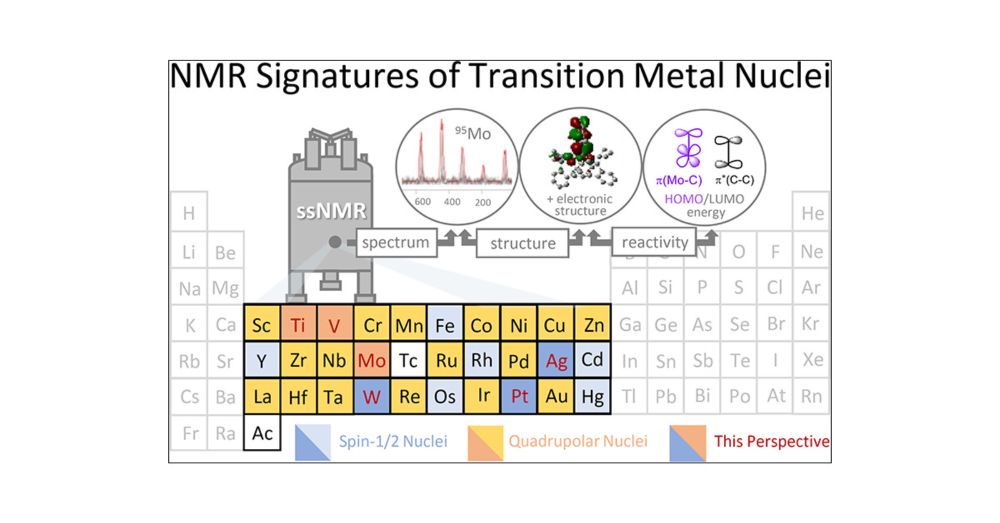
www.chemistryworld.com/news/landmar...
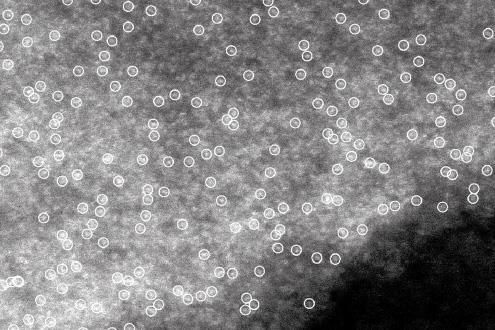
www.chemistryworld.com/news/landmar...
www.scm.com/highlights/c...

www.scm.com/highlights/c...
www.chemistryworld.com/news/landmar...

www.chemistryworld.com/news/landmar...
pubs.acs.org/doi/10.1021/...

pubs.acs.org/doi/10.1021/...
pubs.acs.org/doi/10.1021/...

pubs.acs.org/doi/10.1021/...
Read more:

Read more:
pubs.acs.org/doi/10.1021/...

pubs.acs.org/doi/10.1021/...
In this collaborative work we applied Overhauser DNP to a supported catalyst to gain molecular understanding of interfacial chemistry. @jacs.acspublications.org @ethz.ch
pubs.acs.org/doi/10.1021/...
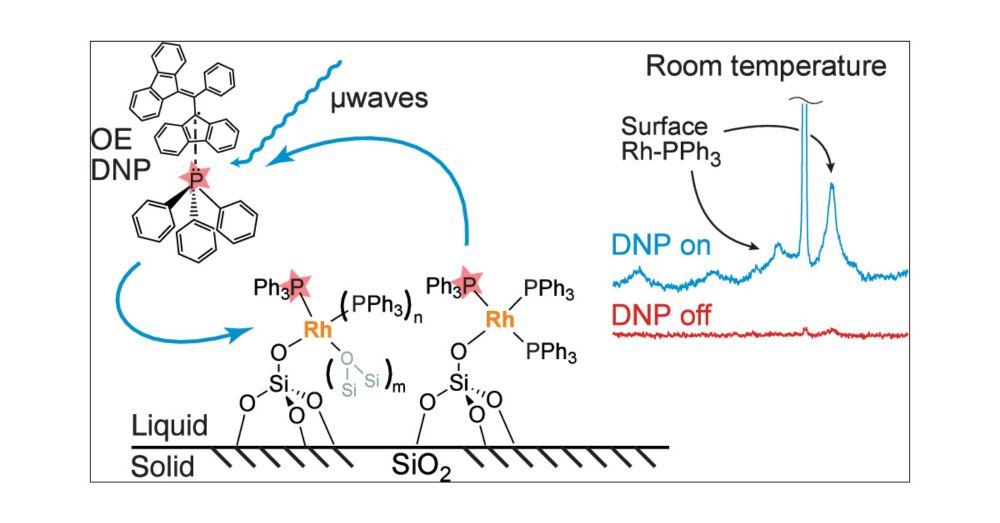
In this collaborative work we applied Overhauser DNP to a supported catalyst to gain molecular understanding of interfacial chemistry. @jacs.acspublications.org @ethz.ch
pubs.acs.org/doi/10.1021/...
https://go.nature.com/4dSAt6v
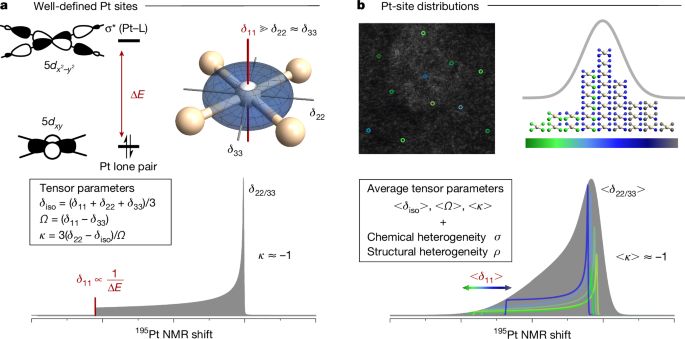
https://go.nature.com/4dSAt6v
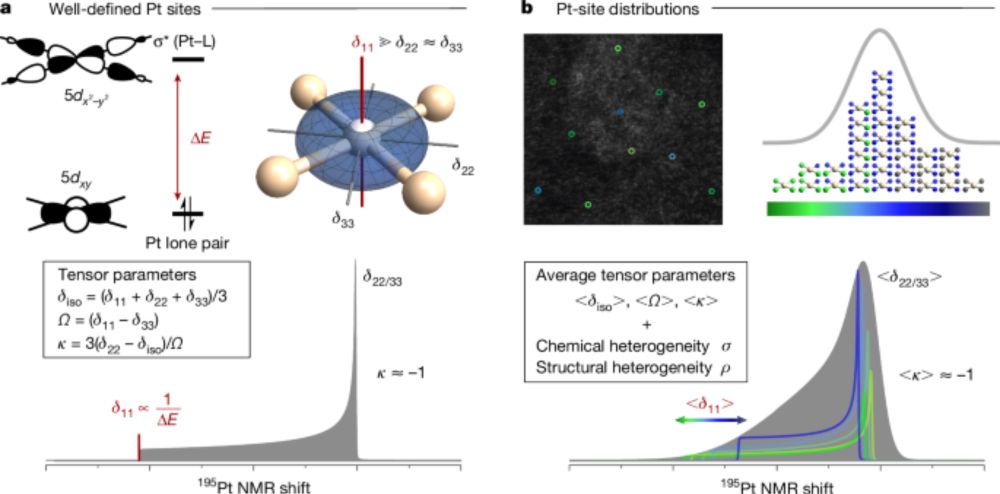


Chris will deliver his Lectureship at the 2025 #ChemSciSymposium on 18-19 November in London, UK: rsc.li/chemscisymp2025
#ChemSky #🧪
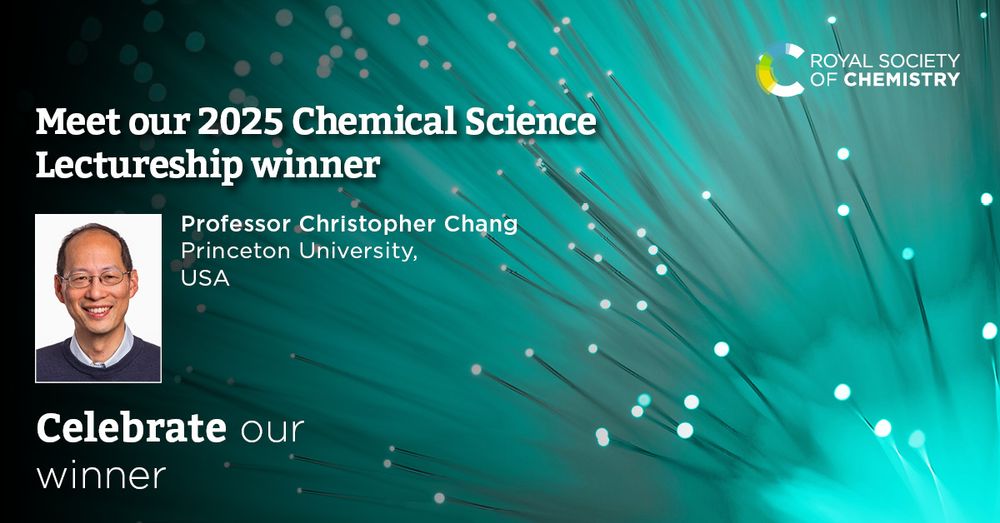
Chris will deliver his Lectureship at the 2025 #ChemSciSymposium on 18-19 November in London, UK: rsc.li/chemscisymp2025
#ChemSky #🧪



